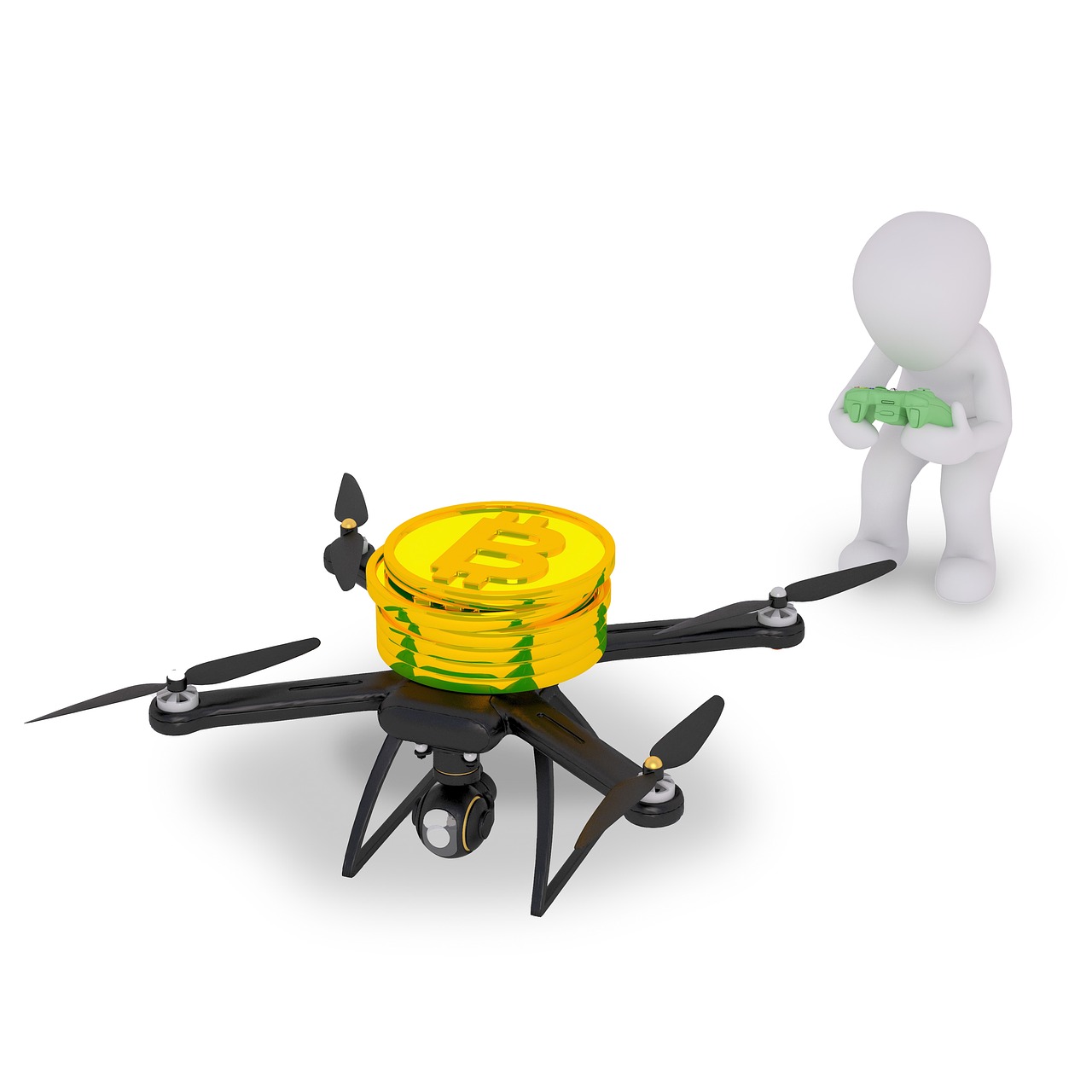Smart contracts are revolutionizing the way agreements are made and enforced, offering a trustless and automated approach to traditional contracts. Imagine a world where deals are executed automatically, transparently, and without the need for intermediaries. That’s the power of smart contracts. This blog post will explore the intricacies of smart contracts, their benefits, how they work, and their real-world applications.
What are Smart Contracts?
Defining Smart Contracts
A smart contract is a self-executing contract with the terms of the agreement directly written into code. These contracts are stored on a blockchain network, making them immutable and transparent. Essentially, they are programs that run when predetermined conditions are met. Think of them as digital vending machines: when you insert the correct amount of money (the trigger condition), the machine dispenses the desired product (the action). There’s no need for a human operator to oversee the transaction.
Key Characteristics of Smart Contracts
- Decentralized: Smart contracts are stored and executed on a distributed network, eliminating the need for a central authority. This decentralization enhances security and reduces the risk of single points of failure.
- Immutable: Once deployed, smart contracts cannot be altered or tampered with. This immutability ensures that the terms of the agreement remain consistent and enforceable throughout the contract’s lifespan.
- Transparent: All transactions and contract code are publicly visible on the blockchain, promoting transparency and accountability. Anyone can audit the contract’s logic and verify its execution.
- Autonomous: Smart contracts execute automatically when predefined conditions are met, eliminating the need for intermediaries and reducing the risk of human error.
- Trustless: Because smart contracts are self-executing and immutable, parties can transact with each other without needing to trust each other. The code itself enforces the agreement.
How Smart Contracts Differ from Traditional Contracts
Traditional contracts rely on legal systems and human enforcement, which can be costly, time-consuming, and prone to manipulation. Smart contracts, on the other hand, automate these processes, reducing the need for intermediaries and ensuring faster and more efficient execution.
- Enforcement: Traditional contracts are enforced through legal proceedings, while smart contracts are enforced by the blockchain network itself.
- Speed: Executing a traditional contract can take days, weeks, or even months, while smart contracts can be executed in seconds or minutes.
- Cost: Traditional contracts often involve legal fees and administrative costs, whereas smart contracts can significantly reduce these expenses.
- Trust: Traditional contracts require a degree of trust between parties, while smart contracts eliminate the need for trust by relying on code and cryptography.
Benefits of Using Smart Contracts
Increased Efficiency and Automation
Smart contracts automate various processes, eliminating manual tasks and reducing the time and resources required to execute agreements. This efficiency can lead to significant cost savings and improved productivity.
- Automated Payments: Automatically release payments when milestones are achieved, reducing manual processing and payment delays. Example: Escrow services that release funds when a project is completed according to agreed-upon specifications.
- Streamlined Supply Chains: Track goods and automatically execute payments at each stage of the supply chain. Example: Tracking coffee beans from farm to consumer, ensuring fair prices and transparent transactions.
- Automated Voting Systems: Securely record and count votes, ensuring transparency and preventing fraud. Example: Decentralized autonomous organizations (DAOs) using smart contracts to manage voting on proposals.
Enhanced Security and Transparency
The decentralized and immutable nature of smart contracts provides enhanced security and transparency. This reduces the risk of fraud, tampering, and disputes.
- Immutable Records: Once recorded on the blockchain, contract terms and transactions cannot be altered, providing a tamper-proof audit trail.
- Reduced Fraud: The transparent nature of smart contracts makes it difficult to engage in fraudulent activities.
- Improved Dispute Resolution: The code itself serves as evidence, making it easier to resolve disputes and enforce agreements.
Reduced Costs and Intermediaries
By automating processes and eliminating the need for intermediaries, smart contracts can significantly reduce costs. This makes them a cost-effective solution for a wide range of applications.
- Elimination of Intermediaries: No need for escrow services, notaries, or other intermediaries.
- Lower Transaction Fees: Reduced processing fees compared to traditional financial systems.
- Increased Accessibility: More accessible to individuals and businesses that may not have access to traditional legal or financial services.
How Smart Contracts Work
The Smart Contract Lifecycle
The lifecycle of a smart contract typically involves several stages:
Example: A Simple Escrow Smart Contract
Let’s consider a simplified example of an escrow smart contract. Alice wants to sell a digital asset to Bob for 10 ETH. The smart contract would work as follows:
The Role of Oracles
Smart contracts often need access to data from the outside world to execute properly. Oracles provide this data by acting as a bridge between the blockchain and external sources. For instance, a smart contract for crop insurance might need weather data to determine if a payout is triggered due to drought.
- Data Feeds: Oracles can provide real-time data feeds, such as price feeds, weather data, and sports scores.
- External API Integration: Oracles can interact with external APIs to retrieve data from various sources.
- Trusted Data Sources: Choosing reliable and reputable oracles is crucial to ensure the accuracy and integrity of the data used by smart contracts.
Real-World Applications of Smart Contracts
Supply Chain Management
Smart contracts can be used to track goods throughout the supply chain, ensuring transparency and efficiency. This can help reduce fraud, improve traceability, and streamline logistics.
- Tracking Product Provenance: Verify the origin and authenticity of products.
- Automated Payments: Trigger payments automatically when goods reach specific milestones.
- Improved Transparency: Provide all stakeholders with real-time visibility into the supply chain.
Healthcare
Smart contracts can be used to securely manage patient data, streamline insurance claims, and improve healthcare delivery. Patient records can be stored on a blockchain and accessed only with the patient’s consent.
- Secure Data Storage: Protect patient data from unauthorized access.
- Automated Claims Processing: Speed up the claims process and reduce administrative costs.
- Improved Data Sharing: Enable secure and efficient data sharing between healthcare providers.
Real Estate
Smart contracts can be used to automate property transactions, reduce paperwork, and increase transparency in the real estate industry. This can streamline the buying and selling process and reduce the risk of fraud.
- Automated Escrow Services: Manage escrow funds automatically.
- Digitized Property Records: Store property records on a blockchain, making them easily accessible and verifiable.
- Faster Transactions: Speed up the buying and selling process by automating various steps.
Voting Systems
Smart contracts can create transparent and secure voting systems, making it easier to verify election results and prevent fraud. Each vote can be recorded on the blockchain, making it virtually impossible to tamper with the results.
- Immutable Voting Records: Store votes on a blockchain to prevent manipulation.
- Increased Transparency: Allow voters to verify that their votes were counted correctly.
- Improved Accessibility: Make it easier for people to participate in elections remotely.
Challenges and Limitations
Scalability Issues
Many blockchain networks face scalability challenges, which can limit the speed and throughput of smart contract execution. As more users and applications rely on smart contracts, scalability solutions are needed to handle the increased demand.
- Transaction Fees: High transaction fees can make it expensive to execute smart contracts, especially for small transactions.
- Network Congestion: High network congestion can slow down the execution of smart contracts.
- Scalability Solutions: Various scalability solutions are being developed, such as layer-2 scaling solutions and sharding, to address these challenges.
Security Risks
Smart contracts are susceptible to security vulnerabilities, such as bugs in the code or loopholes that can be exploited by attackers. Thorough testing and auditing are essential to mitigate these risks.
- Code Audits: Independent security audits can help identify vulnerabilities in smart contract code.
- Formal Verification: Formal verification techniques can be used to mathematically prove the correctness of smart contract code.
- Bug Bounty Programs: Offering rewards for finding and reporting vulnerabilities can incentivize security researchers to help improve the security of smart contracts.
Legal and Regulatory Uncertainty
The legal and regulatory landscape surrounding smart contracts is still evolving, creating uncertainty for businesses and individuals who use them. Clearer regulations are needed to provide legal clarity and protect users.
- Jurisdictional Issues: Determining the jurisdiction for smart contracts can be complex, especially when parties are located in different countries.
- Enforceability: The enforceability of smart contracts may vary depending on the jurisdiction.
- Regulatory Frameworks: Governments and regulatory bodies are working to develop frameworks for regulating smart contracts.
Conclusion
Smart contracts represent a paradigm shift in the way agreements are made and enforced. Their ability to automate processes, enhance security, and reduce costs makes them a powerful tool for a wide range of applications. While challenges and limitations remain, ongoing developments in technology and regulation are paving the way for wider adoption. Understanding the fundamentals of smart contracts is crucial for anyone looking to leverage the power of blockchain technology and build a more efficient and transparent future.
Read our previous article: Beyond The Hype: Tech Tools That Deliver




